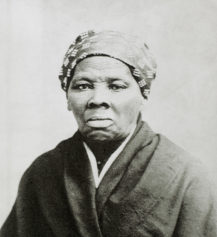
In an article in The Atlantic, Minneapolis was called a “luminary exception” to the question, What’s wrong with American cities?
Considering how few Blacks live there and that those who do reside in one of the most frigid cities in the country are being forced out of their traditionally African-American communities through gentrification, it’s curious on one level and puzzling on another that it can be lauded as this idyllic place.
The author of the story, Derek Thompson, writes, “What’s wrong with American cities? is a question that demographers and economists have debated for years. But maybe we should be looking to a luminary exception and asking the opposite question: What’s right with Minneapolis?”
He cites high employment, affordable housing and prosperity as reasons to be enamored with Minneapolis. Thompson does not address the arctic temperatures of the area or the immense annual snowfall. Most glaringly, he completely ignores that the city is devoid of diversity.
That leaves the impression that Minneapolis is a great place to live because Black people do not live there.
Further, he called out Salt Lake City and Pittsburgh as examples of two other outstanding cities. Well, Salt Lake City in Utah is 75 percent white and only 1.8 percent Black. Pittsburgh is 87 percent white and 9.2 percent Black.
Here is the reality about Minneapolis: It has had some success fending off urban decay and maintaining a significant middle class. But it’s also never really dealt seriously with those issues. Since the 1970s, when the Black population was 2 percent, the city’s minority population has increased, sparking more segregation, especially in its schools. To wit: About 62 percent of Black students attend high-poverty schools, compared to 10 percent of white students.
Over the past 40 years, according to the Urban Institute, other cities have been trying to figure out how to share opportunity with people who had been systematically denied it for centuries. Minneapolis largely sat out that debate, and it shows in the imbalance of its citizenry. Seems like a lot is wrong with Minneapolis, actually.


